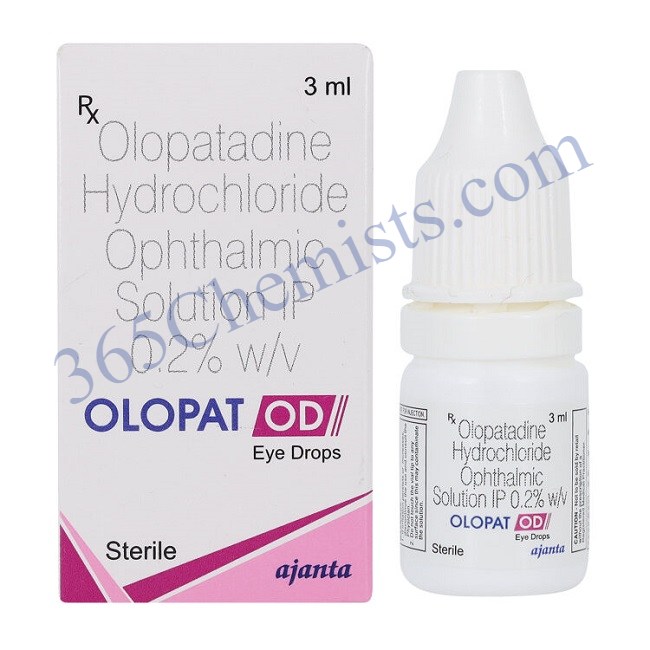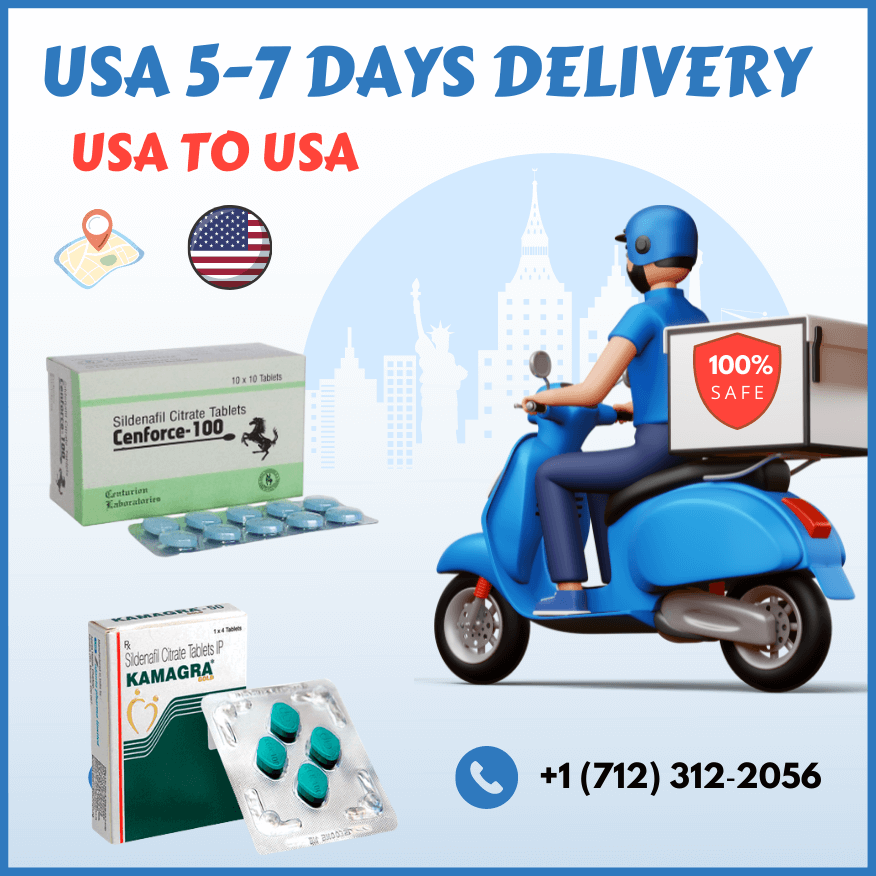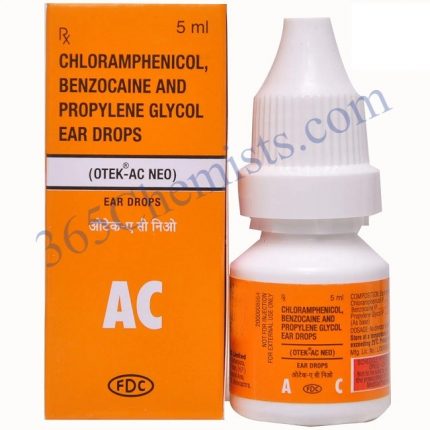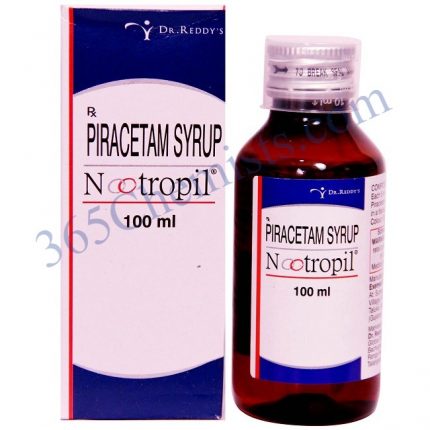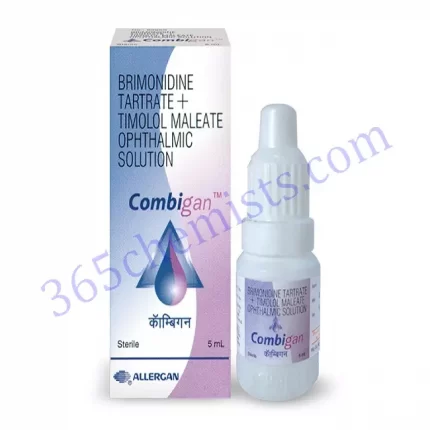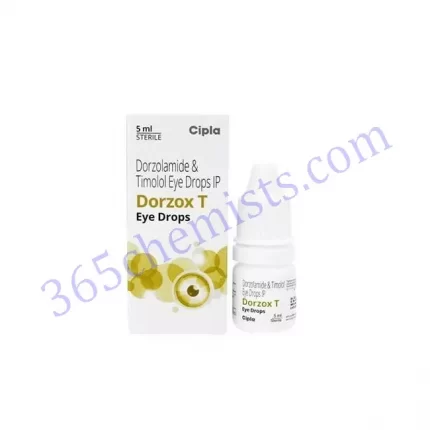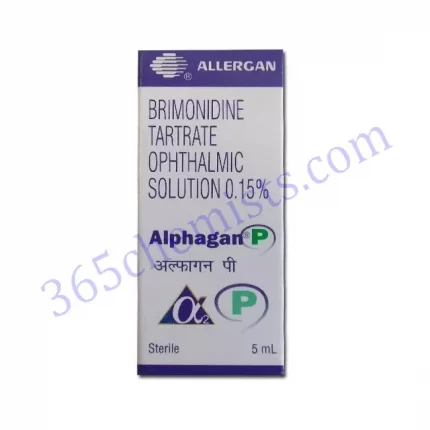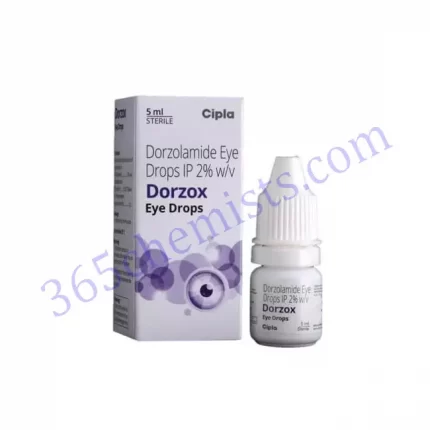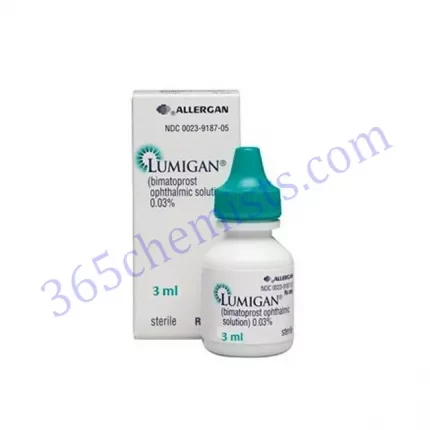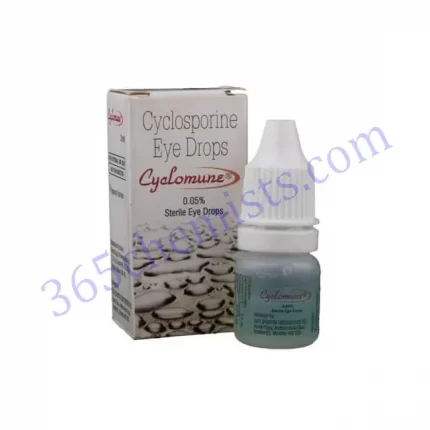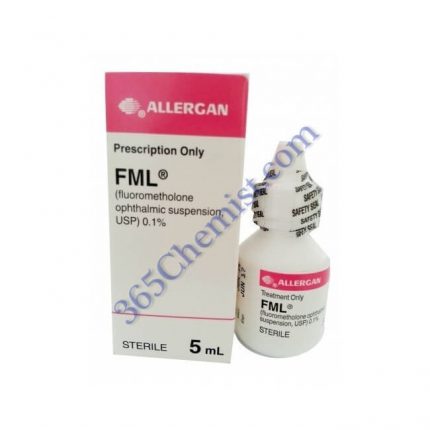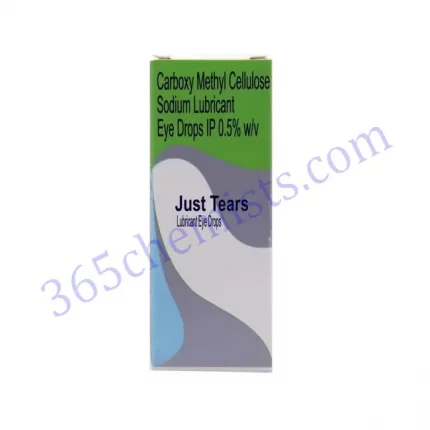Introduction
Olopat OD Eye Drops is a medication that is used for the treatment of allergic conjunctivitis, which is also known as eye allergies. This medication contains olopatadine at a concentration of 0.2%. This article provides a detailed explanation of Olopat OD Eye Drops, covering topics such as its applications, instructions for the appropriate dosage, potential adverse effects, and precautions to take.
Key Benefits
- Olopat OD Eye Drops offer effective relief from the symptoms of allergic conjunctivitis, including itching, redness, tearing, and swelling of the eyes. This type of conjunctivitis is characterised by inflammation of the conjunctiva, which lines the surface of the eye. The eye drops contain an active component called olopatadine, which is an antihistamine. Antihistamines are a class of medications. It accomplishes this by inhibiting the activity of histamine, a substance that is produced during an allergic reaction. As a result, it lessens the allergic reaction and alleviates the eye symptoms that are associated with it.
- Long-Lasting Relief from Eye Allergies: The long-lasting relief from eye allergies that Olopat OD Eye Drops provide. Because of its one-of-a-kind formulation, the medication can be released gradually over time, which results in longer-lasting symptom relief while requiring fewer applications throughout the day. People who have allergic conjunctivitis are able to benefit from increased convenience and improved compliance as a result of this.
- Olopat OD Eye Drops have a fast onset of action, which means they relieve the symptoms of eye allergies very quickly. After just a few minutes of application, you’ll feel immediate relief from the irritation, redness, and discomfort you’ve been experiencing. Individuals are able to experience prompt relief and resume their daily activities without the hindrance of allergic eye symptoms as a result of this treatment option.
Related Product
Olopat Eye Drop 5ml
Olopat Kt Eye Drop
Olopat Max Eye Drop 5ml
Olopat OD Eye Drops
Usage Instructions
- Olopat OD Eye Drops should be administered as directed by a healthcare professional or in accordance with the instructions that are provided on the packaging of the product. In order to avoid getting contamination on your hands while handling the eye drops, wash your hands thoroughly first. Put your head in a retracted position, pull your lower eyelid down, and then put the prescribed number of drops into the eye or eyes that are hurting. In order to prevent contamination, you should avoid touching the tip of the dropper to any surface.
- Dosage and Frequency: The dosage and frequency of Olopat OD Eye Drops may vary depending on the severity of your symptoms and the recommendation of your healthcare professional. If you have any questions or concerns, please consult your healthcare professional. In most cases, the affected eye or eyes will receive an injection of between one and two drops twice a day. Keep to the prescribed dosage schedule, and do not use the medication for a longer period of time than is recommended.
- Use of Contact Lenses If you wear contact lenses, you should take them out before putting the eye drops in your eyes. After applying the eye drops, you should hold off on putting your contact lenses back in for at least 15 minutes. There is a possibility that Olopat OD Eye Drops contain preservatives that, if absorbed by soft contact lenses, could result in irritation.
- Warning: If you have any pre-existing medical conditions, including eye infections or other eye problems, make sure to inform the healthcare professional who is treating you. Before using Olopat OD Eye Drops, you should discuss your medical history with a qualified healthcare professional if you are pregnant, are trying to become pregnant, or are breastfeeding. Talk to your doctor about any sensitivities or allergies you may have to different medications or substances.
Possible Side Effects
Olopat OD Eye Drops are typically well tolerated despite their potential for causing certain side effects. On the other hand, some people might experience side effects that aren’t too severe and only last for a short time, such as mild eye irritation, a burning sensation, stinging, or dryness. These unwanted effects will typically disappear on their own without the need for medical attention. If the adverse effects continue or get worse, you should stop using the product and talk to a doctor or other healthcare professional.
Although they are uncommon, some users of Olopat OD Eye Drops have reported experiencing serious adverse reactions after using the product. Eye pain, eye redness, vision changes, severe eye irritation, or signs of an allergic reaction (such as rash, itching, swelling, or difficulty breathing) could be among these symptoms. Getting medical help as soon as possible is recommended if you experience any of these symptoms.
Conclusion
Olopat OD Eye Drops, which contain 0.2% olopatadine, are able to effectively relieve the symptoms of allergic conjunctivitis, such as tearing, itching, redness, and swelling of the eyes. Because of its rapid onset of action and long duration of action, it provides symptom relief that is both long-lasting and continuous. Olopat OD Eye Drops, when used correctly, can assist individuals who suffer from eye allergies in regaining the comfort of their eyes and the clarity of their vision. On the other hand, it is essential to ensure that the dosage instructions are adhered to, that appropriate safety measures are taken, and that, if necessary, one seeks the advice of a qualified medical professional. Individuals can better manage their allergic conjunctivitis and enjoy improved eye health and well-being if they use Olopat OD Eye Drops in the way that is recommended by the manufacturer.

